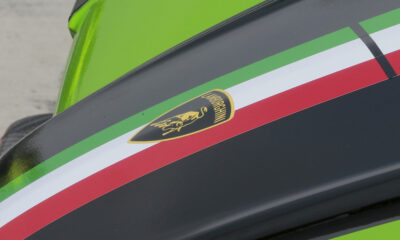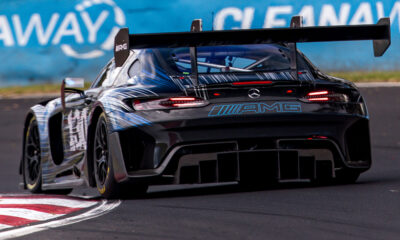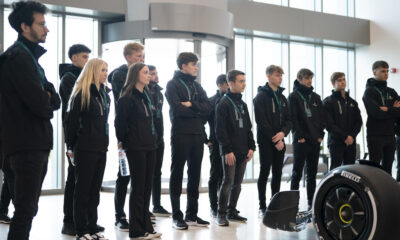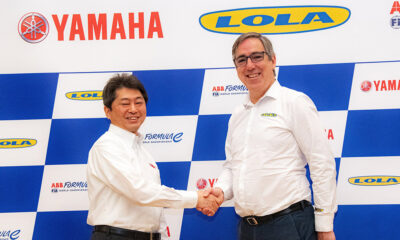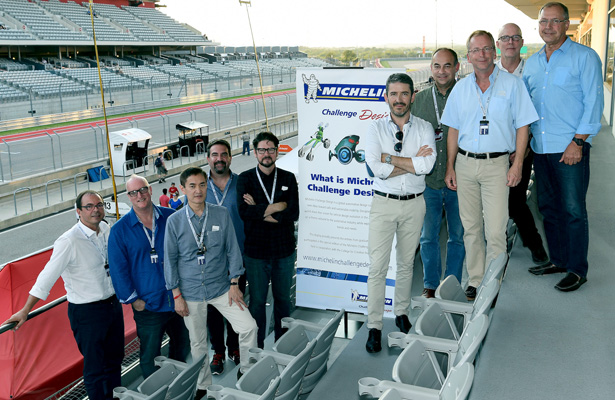
Photo: Rick Dole/Michelin
On Friday, Michelin announced the winners of its 2017 Challenge Design, “Le Mans 2030: Design for the Win” competition, which proved to be one of the most competitive, and creative exercises in the program’s 15-year history.
More than 1,600 registrants from 80 countries submitted entries for this year’s theme, which imagined what Le Mans-style race cars would look like in the 2030 running of the famed French endurance classic.
The competition, run in partnership with the ACO for the first time, saw a world renowned jury panel assemble in Austin, during last month’s Lone Star Le Mans event at Circuit of The Americas, to make final selections and decide on the winning designs.
The panel included members from the Ford, GM, BMW, Nissan, PSA Peugeot Citroen and Hyundai design teams, who narrowed down the entries to three winning designs, plus seven additional finalists.
According to Ben Ebel, of the Michelin Challenge Design steering team, who conducted an initial pre-screening of entries along with fellow Michelin design member Drew Stanley, this year’s competition brought out some of the most creative and detailed designs in the program’s history.
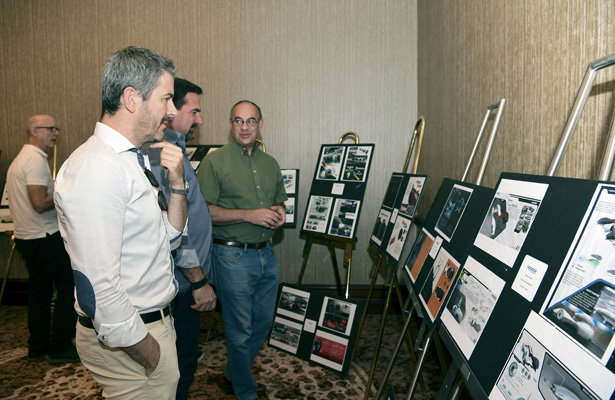
Photo: Michelin
“It’s exceeded our expectations,” Ebel told Sportscar365. “Just from the interest the global design community has had… There was probably 30 percent more entries than we had before. That’s a huge entry.
“And when you see these [designs], you can tell they are passionate exercises. You can tell for a lot of these entries that these guys have been thinking about it for a long time. This is the car they’ve been waiting to design.”
A wide range of designs were submitted, with many featuring unique propulsion methods and out-of-the-box concepts.
“What these guys respond to is not so much a beautiful picture; it’s a really interesting story,” Ebel said. “A couple of these [concepts] actually re-examine the race. How does it change?
“One guy said there’s four different tracks and you race each track for six hours. That’s something we saw the designers really respond to. Not so much changing the vehicle but how does the race itself evolve?”
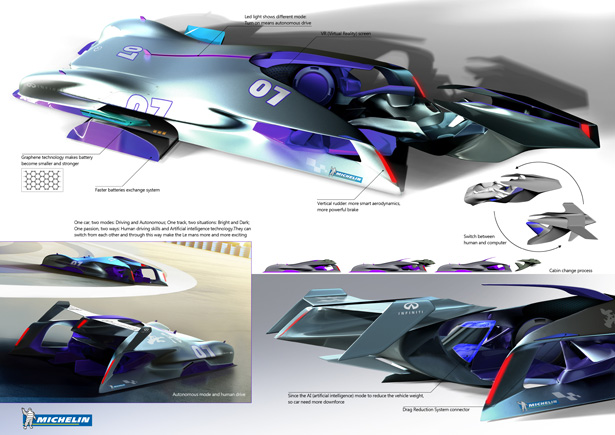
The winning entry, “Infiniti Le Mans 2030” from Tao Ni of Wuhu, China, imagined a car that transforms into an autonomous vehicle at night, for improved safety.
Daniel Bacelar Pereira’s runner-up design, of a Bentley prototype, features batteries built into the Michelin race tires, while Kurt Scanlan’s Cierzo C1 utilizes aeronautical technology, such as ailerons, on a car to allow increased cornering speeds and reduced tire wear.
“The Le Mans theme is such an inspiring event for so many people,” Richard Plavetich, General Manager, Design Business, Nissan Design America told Sportscar365. “This history behind it and the history of Le Mans…
“Le Mans is not just about being the fastest car but which one is the most reliable and efficient and spend less time in the pits… all things that advance the technology of the automobile, not just on the race track but with what you drive every day.
“It was a really inspiring challenge for a lot of the contestants globally who participated this year.”
Despite some of the concepts showcasing technology that arguably may not be feasible by 2030, Nissan’s Plavetich said we shouldn’t discount that potential.
“Technology is moving so fast that the things we thought that were [unachievable] not too long ago are suddenly becoming very real,” he said.
“Technology is advancing at a much faster rate that I could have imagined in my career starting out 35 years ago. It’s a different world for the automobile.”
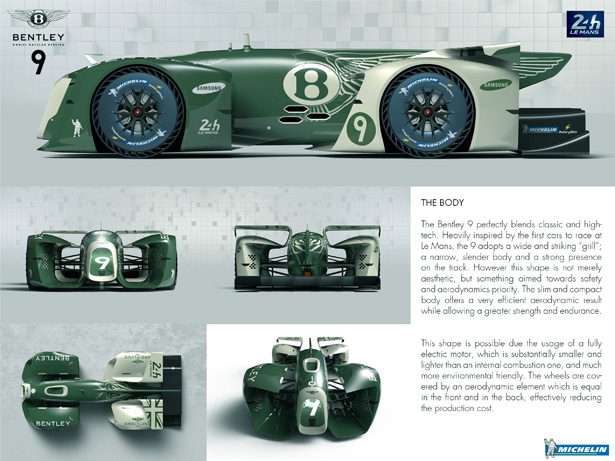
ACO President Pierre Fillon, who personally reviewed the finalist’s designs while at COTA, was equally impressed by the level of detail in each of the concepts.
“There’s incredible cars with incredible ideas,” Fillon told Sportscar365.
“At the ACO, we’ve engaged a reflection about what motorsport [will look like] in 2030. It’s completely linked with the Michelin Challenge Design.
“Not only the design of the car, but for the innovation, the powertrain and even the tires.”
While the winning design featured an nighttime autopilot mode, Michelin’s Ebel was surprised at the overall lack of autonomous cars submitted.
“I would have expected to see a lot of people sitting in bunkers with joysticks controlling it,” he said.
“For me, it speaks to how important the human aspect of this whole thing is, and how important it is to root for a driver, to someone succeed or fail.”
Chinese design student Ni, 26, has been invited to next year’s 24 Hours of Le Mans, while the top three winners will all be recognized during the North American International Auto Show in January.



















